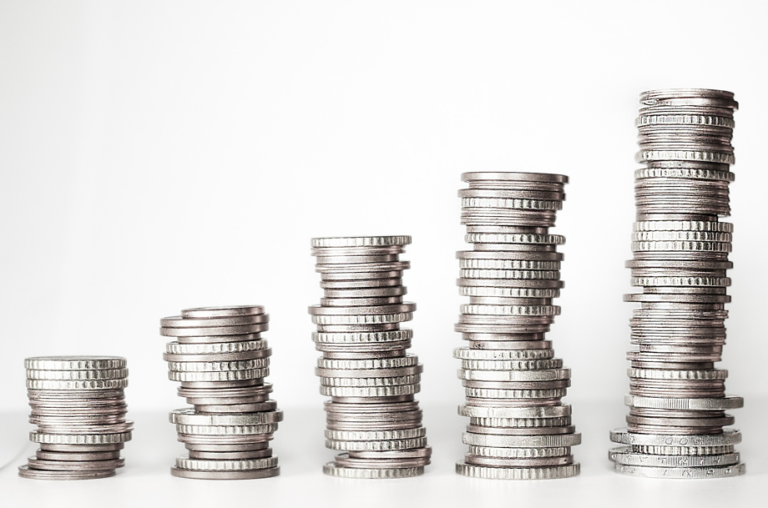Over the past several years, China has been a major contributor to the world economy. However, the global economic slowdown after 2007 had a remarkable negative impact on China’s industries that depend on FDI (Foreign direct investment) flows. Millions of workers in export sector were laid off because China’s economy heavily depends on international trade and investment flows. From graph1, it is clearly shown that China’s annual GDP growth rate has gone through a dramatic decline since the 2nd quarter of 2007. In addition, the value of China’s main stock market index lost nearly two-thirds of its value from December 31, 2007 to December 31, 2008. The real estate market in several big cities exhibited signs of a bursting bubble, including falling prices, a slowdown in construction and growing levels of unoccupied buildings. What’s more, the China Investment Corporation, state-owned banks and other Chinese government entities were more exposed to the troubled U.S. mortgage securities than before because the Chinese government invested in overseas assets. The chaotic situation deeply increased pressure on the central bank to lower interest rates and stabilize the market.
To respond to the global financial crisis and maintain social stability, Chinese government implemented proactive monetary and fiscal policies, including cutting interest rates and boosting bank lending. The 4000 billion RMB ($586 billion) investments on November 9, 2008 is a big event, with the purpose of stimulating domestic consumption, restructuring and subsidizing 10 pillar industries to promote their long-term competitiveness. After the massive input to the pool of money, the housing market boomed rapidly, but prices rose far beyond the reach of normal buyers. Many of those people escaping the sky-high real estate price in big cities choose to commute between the downtown and the suburban areas. During the same period, prices for basic food items, especially pork and eggs, rose significantly by double-digit percentages, stinging those who live on subsistence incomes. Due to overheating economy and high inflation, stocks stunk and banks paid negative deposit rates, which made the whole country anxious about the future of the economy, and above all, the social stability.
In order to tackle inflation, People’s Bank of China hiked bank reserve requirements from 16% in 2010 to 21% in 2011, but only 1% increase for deposit rate at the same time, as is shown in graph 2. These monetary policies effectively prevented cheap loans from flowing to inefficient state-owned enterprises that employ around a quarter of Chinese. Meanwhile, the government expanded production of basic necessities, and tightened property financing. As a consequence, house prices fell for the 5th consecutive month in February, 2009.





